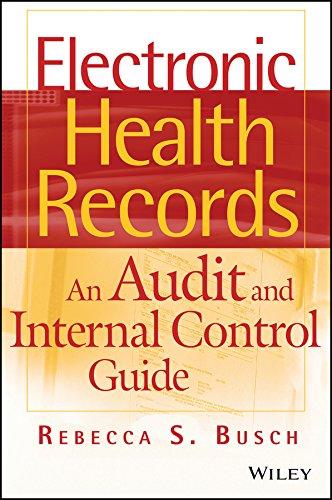
(a) Consider the following unlabelled dataset of patients no ID Fever Dry Cough Runny Nose Shortness of breath 1 yes yes no no 2 yes yes no yes 3 yes yes no yes 4 yes no no 5 yes yes no no 6 yes yes yes no 7 yes 8 yes no 9 yes yes no 10 yes yes yes no no no no no no yes Table 2: The unlabelled dataset for questions This is essentially the same dataset as in Table except that we don't have access to the labels. Suppose we are interested in grouping the patients into two disjoint clus- ters based on their symptoms. For this, we choose the K-means algorithm with K=2. Apply only two rounds of updates of the K-means algorithm to this dataset. As for your two starting points for cluster centre candidates, choose data points of Sample 1 and Sample 10. In the first round, break any ties in favour of the cluster whose centre is Sample 10. In the second round, you can break ties arbitrarily, if you face any. You need to provide the detail of your work. Moreover, your final answer should clearly state the resulting clusters (after two rounds), in particular, the cluster centres and the association of each point to each of the two clusters. (a) Consider the following unlabelled dataset of patients no ID Fever Dry Cough Runny Nose Shortness of breath 1 yes yes no no 2 yes yes no yes 3 yes yes no yes 4 yes no no 5 yes yes no no 6 yes yes yes no 7 yes 8 yes no 9 yes yes no 10 yes yes yes no no no no no no yes Table 2: The unlabelled dataset for questions This is essentially the same dataset as in Table except that we don't have access to the labels. Suppose we are interested in grouping the patients into two disjoint clus- ters based on their symptoms. For this, we choose the K-means algorithm with K=2. Apply only two rounds of updates of the K-means algorithm to this dataset. As for your two starting points for cluster centre candidates, choose data points of Sample 1 and Sample 10. In the first round, break any ties in favour of the cluster whose centre is Sample 10. In the second round, you can break ties arbitrarily, if you face any. You need to provide the detail of your work. Moreover, your final answer should clearly state the resulting clusters (after two rounds), in particular, the cluster centres and the association of each point to each of the two clusters







